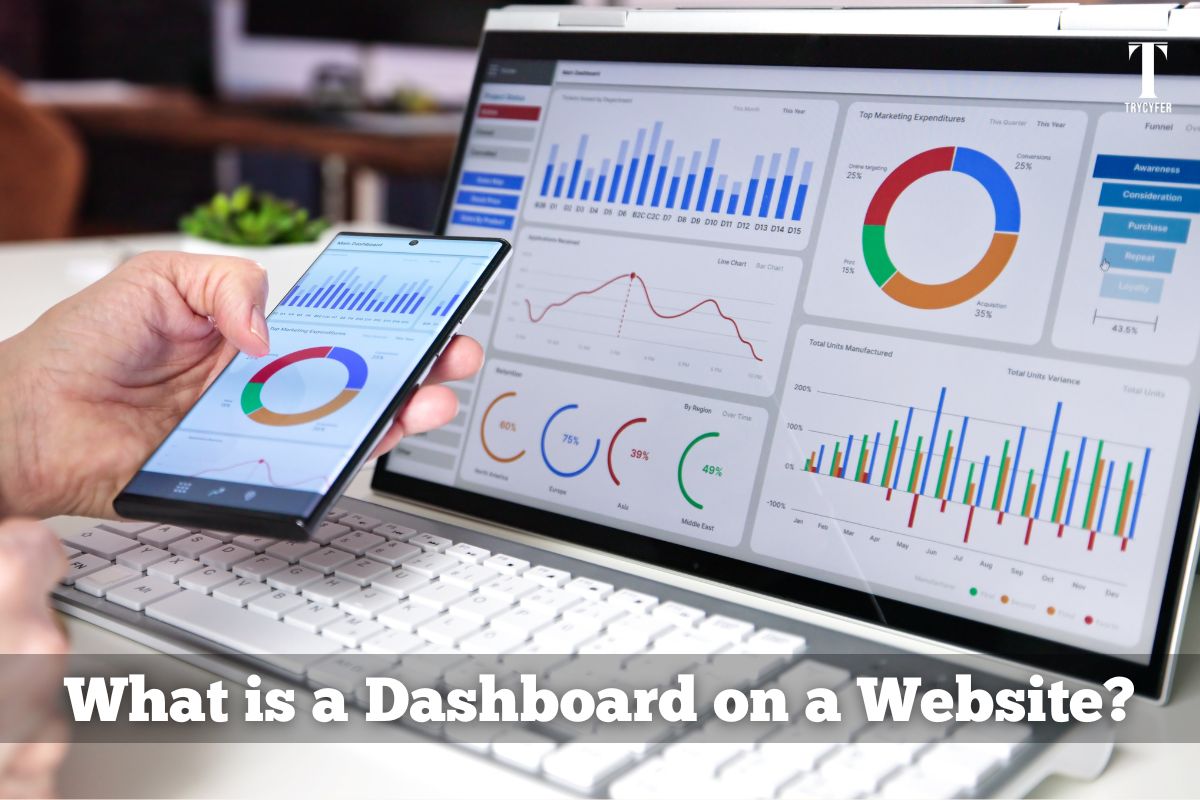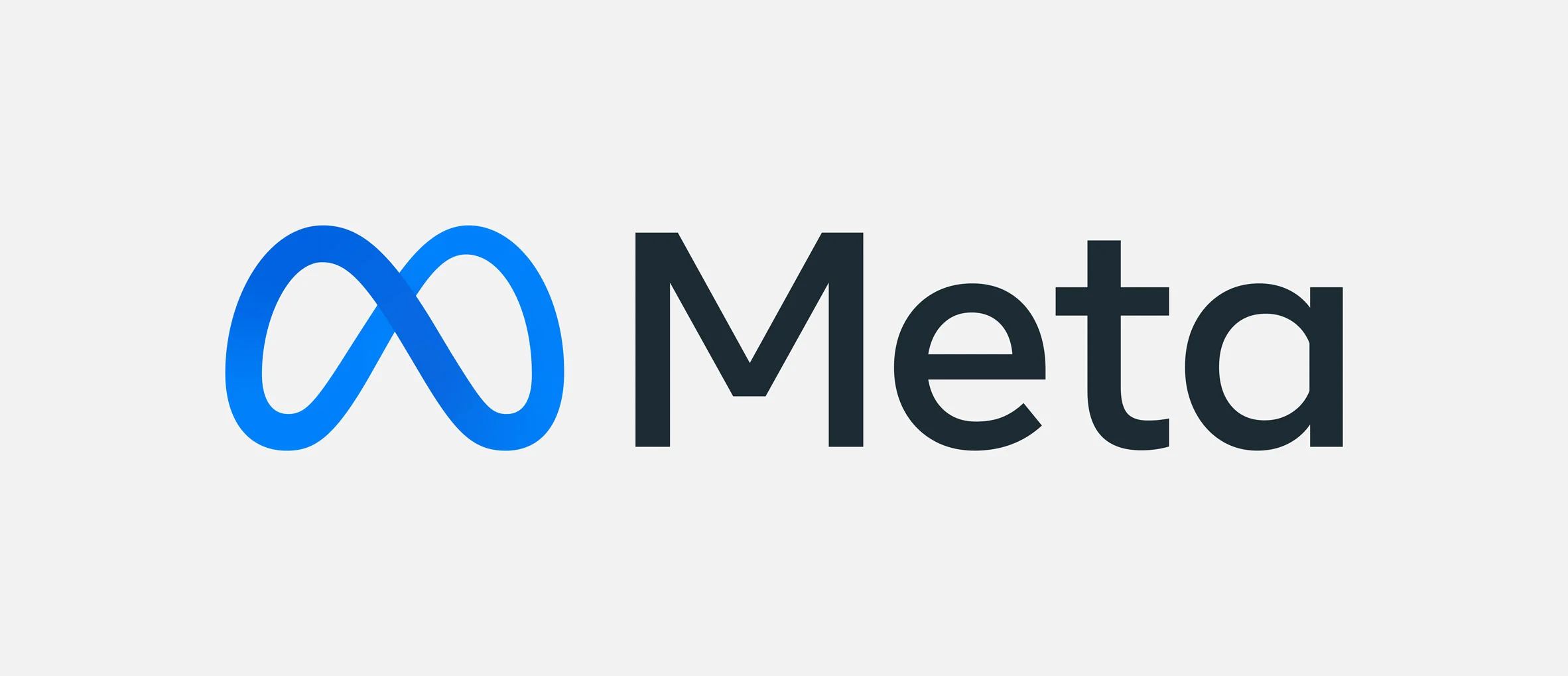What is a Dashboard on a Website?

In today’s digital age, websites have become central hubs for businesses, organizations, and individuals to manage and showcase their online presence. The dashboard is one of the most essential and powerful tools within a website. But what exactly is a dashboard on a website, and why is it so important? Let’s dive into the details.
Here are the key topics we’ll cover in this blog
- Understanding Website Dashboards
- Key Features of a Website Dashboard
- Benefits of Using a Dashboard
- Types of Website Dashboards
- Examples of Popular Dashboard Platforms
Understanding Website Dashboards
A dashboard on a website is a user interface that provides administrators and users with an overview of key metrics, data, and functionalities in a centralized location. Much like a car dashboard that shows speed, fuel level, and other critical information, a website dashboard displays essential data points and control options that help manage and monitor the website effectively.
Key Features of a Website Dashboard
1. Data Visualization:
- Graphs and Charts: Dashboards often display data through graphs, charts, and tables. This makes it easier to understand trends, performance metrics, and other essential data at a glance.
- Real-Time Updates: Many dashboards offer real-time data updates, allowing administrators to see the latest information without needing to refresh the page constantly.
2. User Management:
- User Roles and Permissions: Dashboards typically include features for managing user roles and permissions. This ensures that different users can access the functionalities they need without compromising security.
- Activity Logs: Monitoring user activities through logs helps maintain the virtue and security of the website.
3. Content Management:
- Content Creation and Editing: Dashboards often provide tools for creating and editing website content, including blog posts, pages, and media.
- Scheduling: Administrators can schedule posts and updates to be published at specific times, ensuring content is timely and relevant.
4. Analytics and Reporting:
- Traffic Analysis: Tools integrated into the dashboard can track website traffic, user behavior, and other critical analytics.
- Performance Metrics: Dashboards display key performance indicators (KPIs) like page load times, bounce rates, and conversion rates.
5. Security and Maintenance:
- Security Alerts: Dashboards can alert administrators to potential security issues, such as unauthorized login attempts or malware detection.
- Updates and Backups: Regular maintenance tasks like software updates and backups can be managed directly from the dashboard.
Benefits of Using a Dashboard
1. Centralized Control:
-
- Having all critical functions and data in one place streamlines website management, making it more efficient and user-friendly.

- Having all critical functions and data in one place streamlines website management, making it more efficient and user-friendly.
2. Enhanced Decision-Making:
-
- By providing clear and concise data visualizations, dashboards help administrators make informed decisions based on real-time information.
3. Improved Productivity:
-
- Automating day to day tasks and providing quick access to essential tools and data enhances overall productiveness and reduces the time spent on manual processes.
4. Better User Experience:
-
- For websites with multiple users, dashboards facilitate better collaboration and management, ensuring everyone has the access and tools they need.
5. Proactive Security Management:
-
- Monitoring security alerts and activity logs helps in proactively managing and mitigating potential security threats.
Types of Website Dashboards
- Admin Dashboards:
- Used by website administrators to manage all aspects of the website, including user management, content updates, and performance monitoring.
- User Dashboards:
- Personalized interfaces for registered users, providing access to their account details, activities, and personalized content.
- Analytics Dashboards:
- Focused on data and metrics, these dashboards are used to track and analyze website performance, user behavior, and other key analytics.
Examples of Popular Dashboard Platforms
- WordPress Dashboard:
- The WordPress dashboard is a comprehensive admin interface that allows users to manage content, plugins, themes, and settings easily.
- Google Analytics Dashboard:
- Google Analytics provides a powerful dashboard for tracking website traffic, user behavior, and various performance metrics.
- Shopify Admin Dashboard:
- Shopify’s dashboard offers e-commerce website owners tools to manage products, sales, customer data, and store performance.
Conclusion
In conclusion, a website dashboard is essential to modern website management. It provides a powerful, centralized interface that enhances efficiency, decision-making, productivity, user experience, security, and customization. By integrating all critical functionalities into one platform, dashboards empower administrators to manage their websites more effectively, ensuring optimal performance and user satisfaction. As websites continue to evolve, the importance of robust, flexible, and user-friendly dashboards will only grow, making them indispensable tools for website administrators and developers alike.











